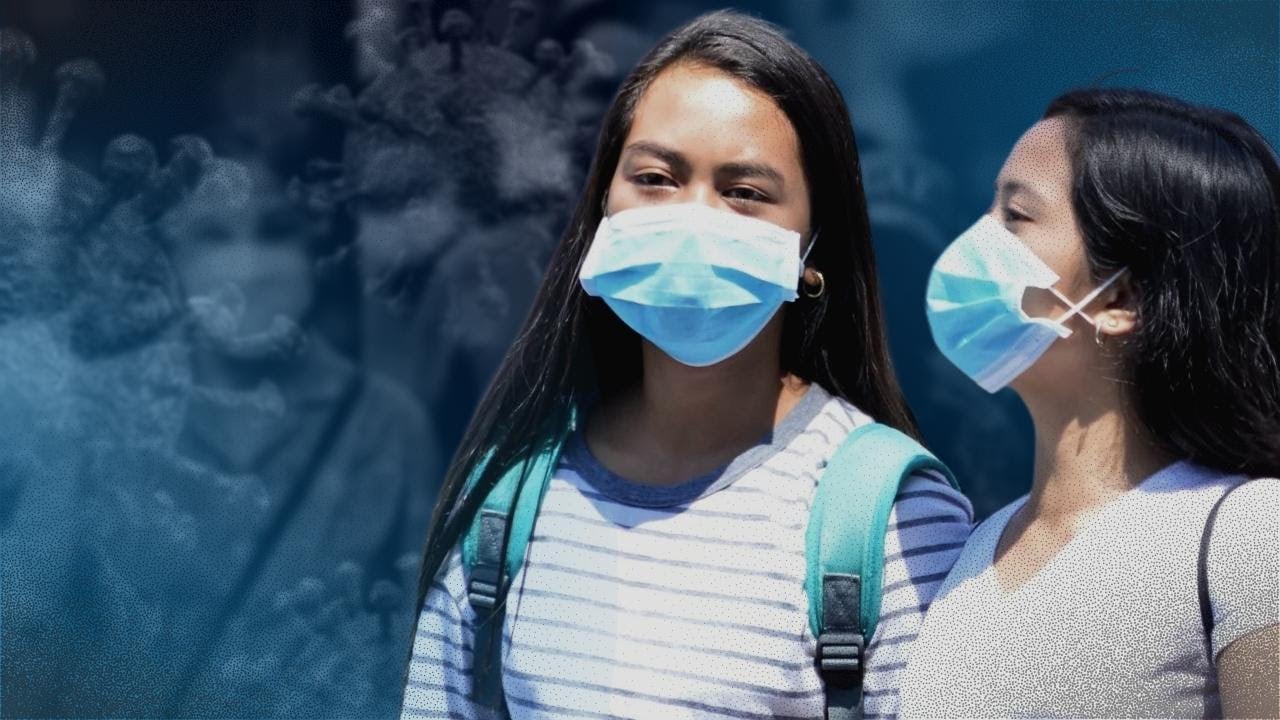Expert: Masks a must with new variants

INQUIRER FILE PHOTO
A health expert has urged the public to keep their face masks on because of the threat posed by new and emerging Omicron subvariants that can be transmitted in “superspreader” events like the Feast of the Black Nazarene on Jan. 9.
Infectious disease specialist Dr. Rontgene Solante said at the Laging Handa public briefing on Thursday that while there was no need to make it mandatory, people should wear masks, especially in “high-risk” areas, such as public transportation and crowded areas such as markets and malls.
“The face mask is really important to us, not only for the vulnerable but also for the general population so that we don’t infect one another not only [with] COVID-19, [but] other respiratory tract infections [as well],” he said.
At the same time, he pushed for the testing of unvaccinated travelers from China before or upon arrival in the country, something that has been deemed unnecessary for now by the Department of Health.
Aside from the Black Nazarene procession on Jan. 9, which is expected to draw millions of devotees, other upcoming large gatherings are the Chinese New Year on Jan. 22 and the Panagbenga in Baguio City next month.
Other infections
For those going to potential “superspreader” events, Solante said that masks could protect them from other infections such as influenza, adenovirus and respiratory syncytial virus whose mode of transmission was the same as COVID-19 or through respiratory secretions and close contact.
“We have to inculcate among the people now to still wear face masks and avoid crowded places as much as possible,” he said.
Vaccines, Solante added, were just as important for vulnerable groups, not only against COVID-19 but pneumonia and flu as well.
He noted the spread in China of the BF.7 subvariant and other Omicron subvariants that were found to be highly transmissible with the possibility of evading the immune system.
The latest Omicron subvariant, XBB.1.5, which a World Health Organization official had described as the most transmissible subvariant to be detected yet, was already present in 29 countries, he said.
According to Solante, the US Centers for Diseases Control and Prevention reported the rapid spread of the XBB.1.5 subvariant, from just around 1 percent of the total COVID-19 cases in the first week of December, to 41 percent in the last week of the same month.
“That means a lot, because if you have that rapid increase of cases, the infection rate is high and, in terms of transmissibility, the XBB.1.5 has an advantage,” he said. “That is why we are monitoring the behavior of XBB.1.5 [and] it is expected that the countries which reported its presence will also have an increase in the cases.”
Aside from the United States, other countries where the XBB.1.5 has been detected include the United Kingdom, India, Singapore and South Korea.
Highly transmissible
Solante said the XBB.1.5 was found to “stick faster” to ACE2 receptor cells in the throat and pharyngeal areas, which contribute to its higher transmissibility.
Because of a mutation, the subvariant is also “immune-evasive,” he pointed out, adding that a vaccinated person could still catch it while one with antibodies from a previous infection could also get reinfected.
In the Philippines, only the XBB, which is the “mother” of the XBB.1.5, has been detected by the Philippine Genome Center, Solante said.
The good news is that hospitalization rates have not risen in the countries where the new subvariant has been reported.
Citing medical reports, he said the most common symptoms for the XBB.1.5 were similar to those caused by other Omicron subvariants: “a mild type of upper respiratory tract infection [with symptoms] like sore throat, a little cough and sometimes fever.”
Compared to Delta which is considered the “most virulent” variant of COVID-19, Omicron does not lead to more hospital admissions because infections are usually mild.
“We also will expect that with this XBB.1.5, the symptoms of the affected are milder,” he said.
Solante, who is a member of the government’s vaccine expert panel, said that while the efficacy of COVID-19 vaccines was expected to diminish due to mutations in the new variants, the shots could still protect against severe infection.
RELATED STORIES:
Mask on
Epidemiologist urges public to continue wearing masks outdoors
For more news about the novel coronavirus click here.
What you need to know about Coronavirus.
For more information on COVID-19, call the DOH Hotline: (02) 86517800 local 1149/1150.
The Inquirer Foundation supports our healthcare frontliners and is still accepting cash donations to be deposited at Banco de Oro (BDO) current account #007960018860 or donate through PayMaya using this link.